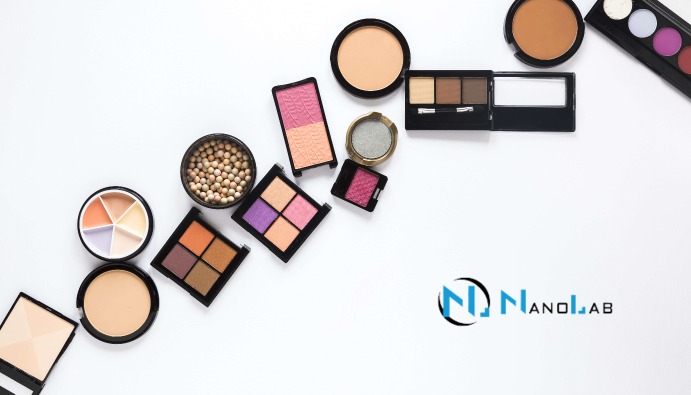
BLOG
KATEGORİDEKİ DİĞER YAZILAR

Within the scope of the cosmetics regulation, there are tests and analyzes and evaluation conditions that must be carried out in order to ensure that cosmetic products, which are defined as “all substances or mixtures prepared for application to the external parts of the human body; epidermis, nails, hair, hair, hair, lips and external genital organs or teeth and oral mucosa, whose sole or main purpose is to clean, fragrance, change their appearance, protect them, keep them in good condition or correct body odors”, reach the consumer with accurate and understandable information in a way that will not cause misleading and harm human health.
Cosmetic products must be produced correctly to protect consumer health and maintain this situation for a certain period of time after reaching the consumer. In short, chemical analyzes, physical analyzes and microbiological analyzes are performed on cosmetic products to determine the shelf life and open packaging shelf life of cosmetic products.
Pseudomonas aeruginosa is a common type of bacteria and a microorganism often found in the environment. It can be found especially in places such as water, soil and humid environments. The presence of Pseudomonas aeruginosa in cosmetic products can lead to serious health risks. This bacterium can cause infections, especially in people with weak immune systems. Problems such as skin infections, eye infections and respiratory infections are just some of the health problems that this bacteria can cause.
Pseudomonas aeruginosa Search in cosmetic products is one of the test parameters performed within the scope of microbiological analyzes. Pseudomonas aeruginosa is a microorganism that can usually be detected in water-based cosmetic products and causes hospital diseases. Its presence in cosmetic products is not accepted and analyzed because it causes health problems.
ISO 22717 - Cosmetics - Microbiology - Detection of Pseudomonas aeruginosa
ISO 22717 is a microbiological test standard used to determine the presence of Pseudomonas aeruginosa in cosmetic products. This test is based on specific procedures to monitor and control microbial contamination in cosmetic products. ISO 22717 is used specifically for the detection of this bacterium in formulations containing water. The purpose of the test is to ensure that products are safe for consumers.
ISO 22717 is among the tests required to ensure the microbial safety of cosmetic products and this test aims to ensure that products are produced under hygienic conditions.
The purpose of the ISO 22717 test is to detect the presence of Pseudomonas aeruginosa bacteria in cosmetic products. The application of this test consists of the following steps:
Nanolab Laboratories Group continues to provide services within the scope of Pseudomonas aeruginosa Search in Cosmetic Products. We also provide services for Mold and Yeast Detection in Cosmetics.
Contact us for more information.
You can follow us on LinkedIn for up-to-date news and posts about our services.
Follow our Instagram account to be informed about our latest blog posts.